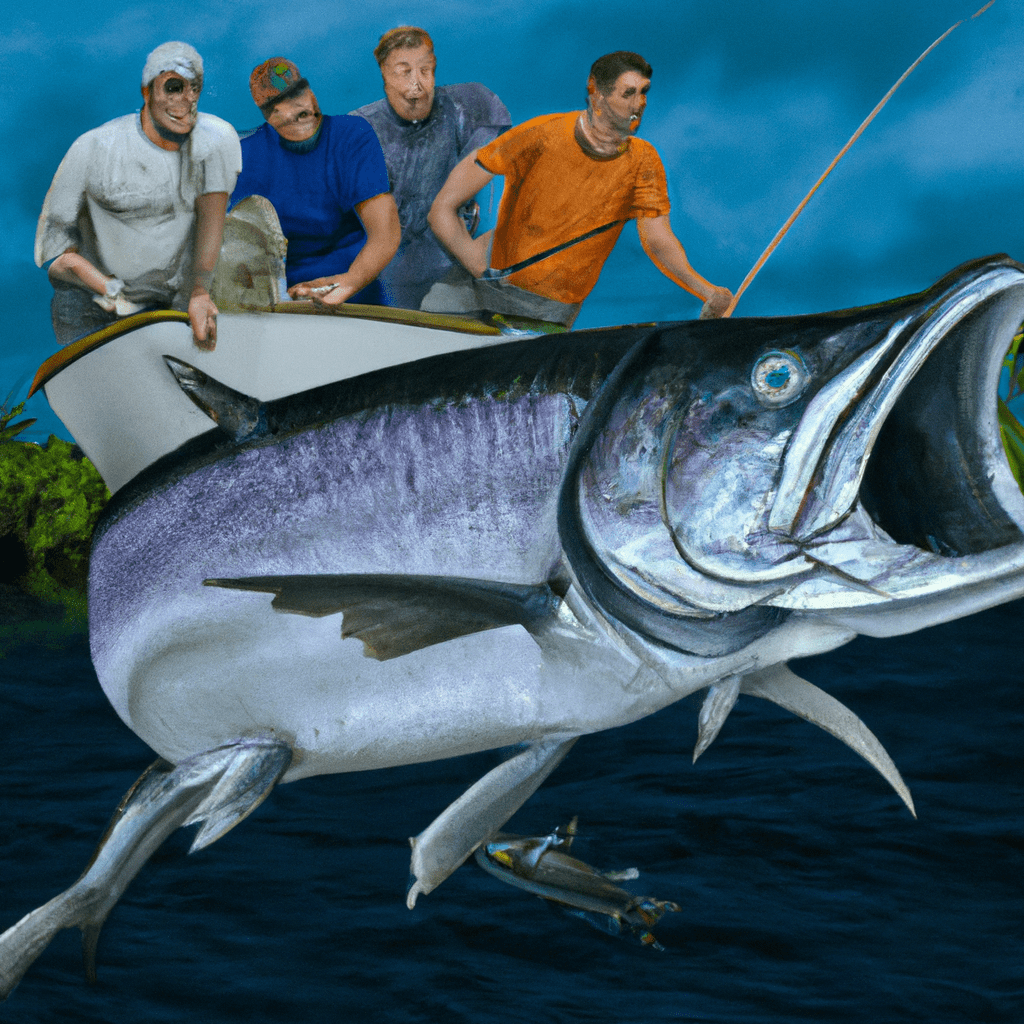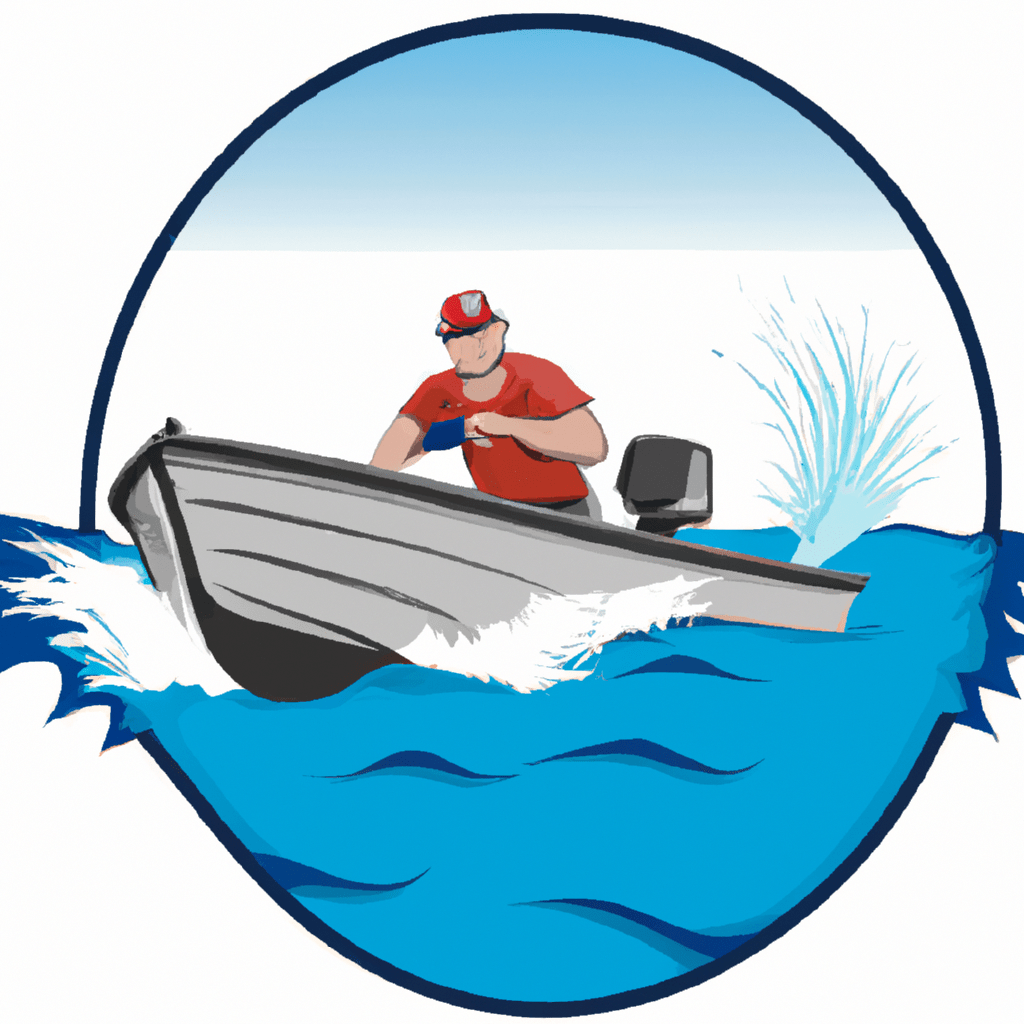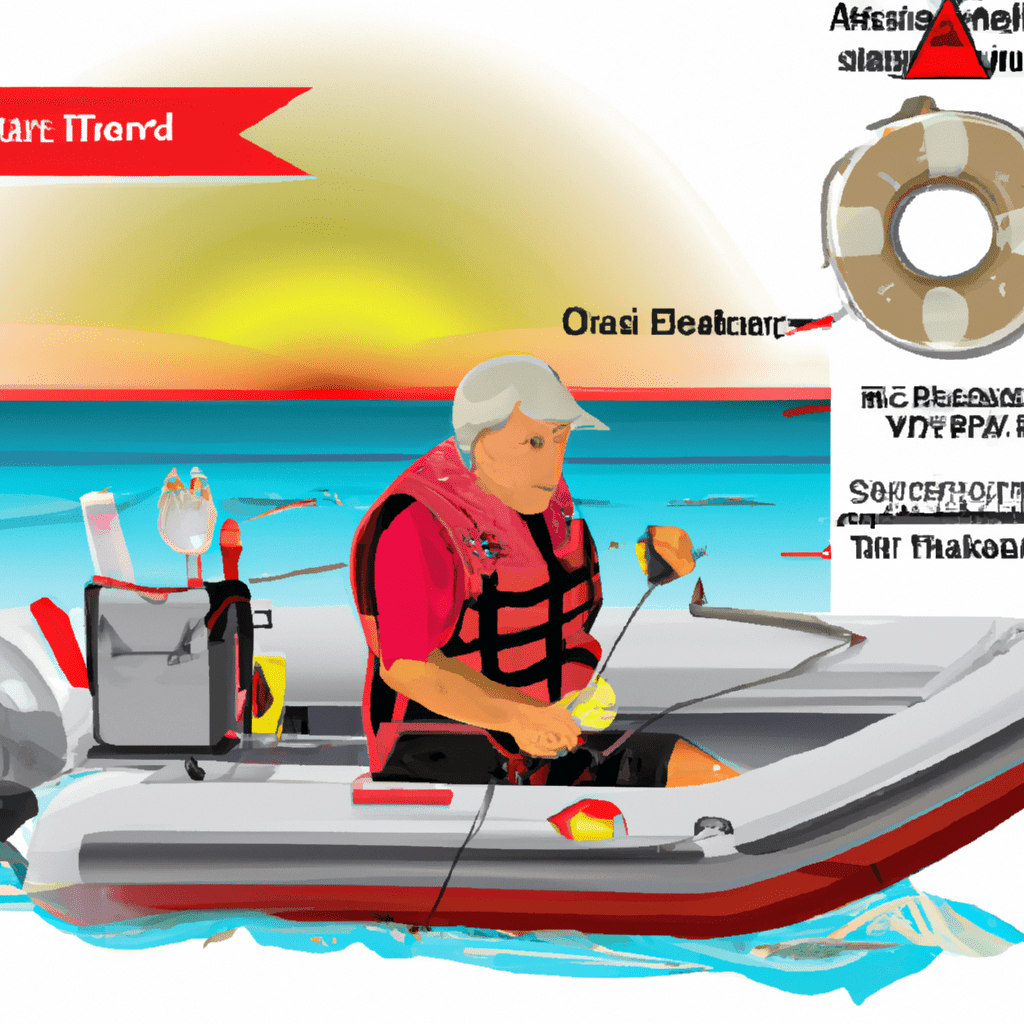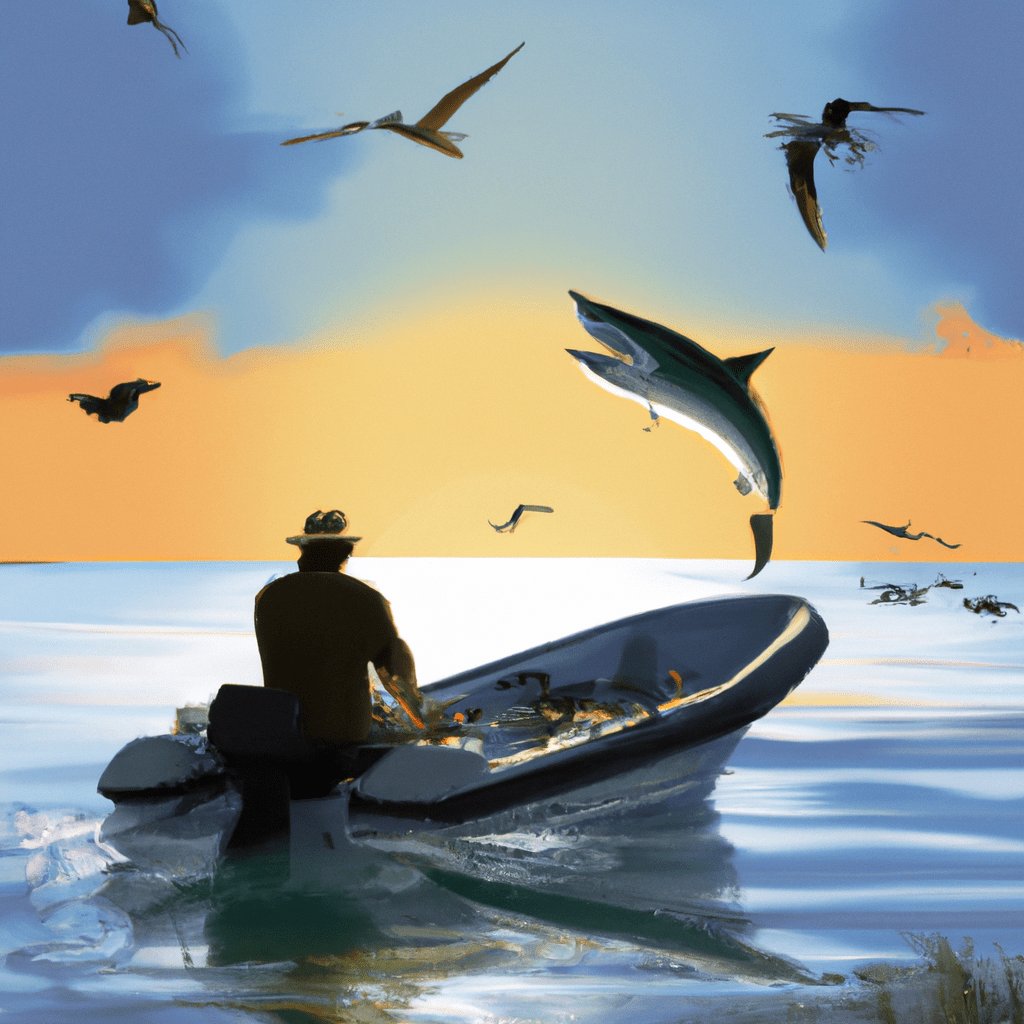Did you know that tarpon fishing is one of the most thrilling and challenging outdoor adventures you can experience? To ensure your safety and make the most of your tarpon fishing trips, it’s crucial to be well-prepared and knowledgeable.
In this article, we will share essential safety tips, including the right gear, understanding tarpon behavior, proper boat handling techniques, and safety measures for catching and releasing these mighty fish.
Get ready for an unforgettable tarpon fishing adventure while staying safe on the water.
Essential Safety Gear for Tarpon Fishing

You should always prioritize wearing a life jacket when tarpon fishing. Tarpon are powerful and agile fish, and their size and strength can easily catch you off guard. Wearing a life jacket not only ensures your safety but also gives you peace of mind while out on the water.
It’s crucial to invest in a high-quality life jacket that fits properly and is Coast Guard-approved. Additionally, it’s advisable to carry a well-stocked first aid kit with you. Accidents can happen, and having a first aid kit on hand can be a lifesaver. Make sure your first aid kit includes essentials like bandages, antiseptic, pain relievers, and any necessary personal medications.
Prioritizing these safety measures will help ensure a safe and enjoyable tarpon fishing experience.
Understanding Tarpon Behavior to Ensure Safety

To ensure your safety while tarpon fishing, it’s important to understand how these fish behave in different situations.
Tarpon are known for their unique feeding habits. They’re opportunistic predators, feeding on a variety of prey such as mullet, crabs, and shrimp. They often hunt in schools and can be seen rolling or gulping air at the surface, indicating their presence. Understanding their feeding patterns can help you position yourself for a successful catch while staying safe.
Additionally, tarpon have distinct migration patterns. They’re known to migrate along coastal areas, moving from colder waters in the winter to warmer waters in the summer. Being aware of these patterns can help you plan your fishing trips and avoid any potential dangers associated with unpredictable weather conditions.
Proper Boat Handling Techniques for Tarpon Fishing

When navigating your boat for tarpon fishing, it’s crucial to use proper handling techniques and be mindful of your surroundings. To ensure a successful and safe tarpon fishing adventure, it’s important to prioritize boat maintenance and familiarize yourself with effective fishing techniques.
First and foremost, regularly inspect your boat to ensure it’s in good working condition. Check the engine, steering, and electrical systems to prevent any unexpected malfunctions while out on the water. It’s also essential to have the appropriate safety equipment, such as life jackets, flares, and a first aid kit, readily available.
When it comes to fishing techniques, it’s essential to have a solid understanding of where tarpon are likely to be found. Look for areas with structures like bridges, docks, or grass flats, as tarpon tend to gather around these locations. Additionally, using live bait or artificial lures that mimic the tarpon’s natural prey can increase your chances of a successful catch.
Safety Measures for Catching and Releasing Tarpon

To ensure a safe and successful tarpon fishing adventure, it’s important to follow proper safety measures for catching and releasing these powerful fish. Tarpon are known for their strength and acrobatics, so it’s crucial to handle them correctly to avoid injury to both yourself and the fish. Here are three important safety measures to keep in mind:
-
Use the right gear: When targeting tarpon, make sure you have a sturdy rod and reel that can handle their size and strength. This will help you control the fish and minimize the risk of injury.
-
Practice proper tarpon handling techniques: When you successfully land a tarpon, it’s important to handle it with care. Avoid touching their gill plates or eyes, as these are sensitive areas. Instead, use a wet towel or glove to hold the fish securely, ensuring a safe and gentle release.
-
Avoid common tarpon fishing injuries: Tarpon have sharp teeth and abrasive mouths, so it’s essential to use a dehooking tool to safely remove the hook. Additionally, be cautious of their powerful tail, which can cause injury if not handled properly. Always keep a safe distance and be prepared for sudden movements.
Emergency Preparedness for Tarpon Fishing Adventures

Make sure you have a well-stocked first aid kit in case of any emergencies during your tarpon fishing adventure.
While tarpon fishing can be an exhilarating and rewarding experience, it’s important to be prepared for any unexpected situations that may arise.
One essential aspect of emergency preparedness is having a reliable means of communication. Ensure you have a fully charged cell phone or a marine radio with you at all times, so that you can quickly and easily reach out for help if needed.
Additionally, it’s highly recommended to undergo first aid training before embarking on your tarpon fishing adventure. This will equip you with the knowledge and skills necessary to handle minor injuries or medical emergencies that may occur while on the water.
Being prepared and knowledgeable can make all the difference in ensuring a safe and successful tarpon fishing trip.
Frequently Asked Questions
What Is the Best Time of Year to Go Tarpon Fishing?
The best time of year to go tarpon fishing depends on the location and bait. Research the best locations for tarpon fishing and get tips on choosing the right bait for a successful adventure.
Are There Any Regulations or Restrictions on Tarpon Fishing?
When it comes to tarpon fishing, there are regulations and restrictions you need to be aware of. These rules are in place to protect the tarpon population and ensure sustainable fishing practices.
How Long Can a Tarpon Fight Before It Becomes Dangerous for the Angler?
When it comes to tarpon fishing, it’s important to know how long a tarpon can fight before it becomes dangerous for you as the angler. This is crucial for your safety on the water.
Are There Any Specific Techniques for Handling Tarpon to Minimize the Risk of Injury to Both the Angler and the Fish?
When it comes to handling tarpon and minimizing injury, remember two key techniques. First, grip the fish firmly but gently, avoiding any sudden movements. Second, use a dehooking tool to safely remove the hook.
What Should I Do if I Accidentally Hook a Shark While Tarpon Fishing?
If you accidentally hook a shark while tarpon fishing, remain calm and avoid any sudden movements. Use a strong, heavy-duty line and a sturdy rod to handle the situation. Seek assistance from experienced anglers if needed.

